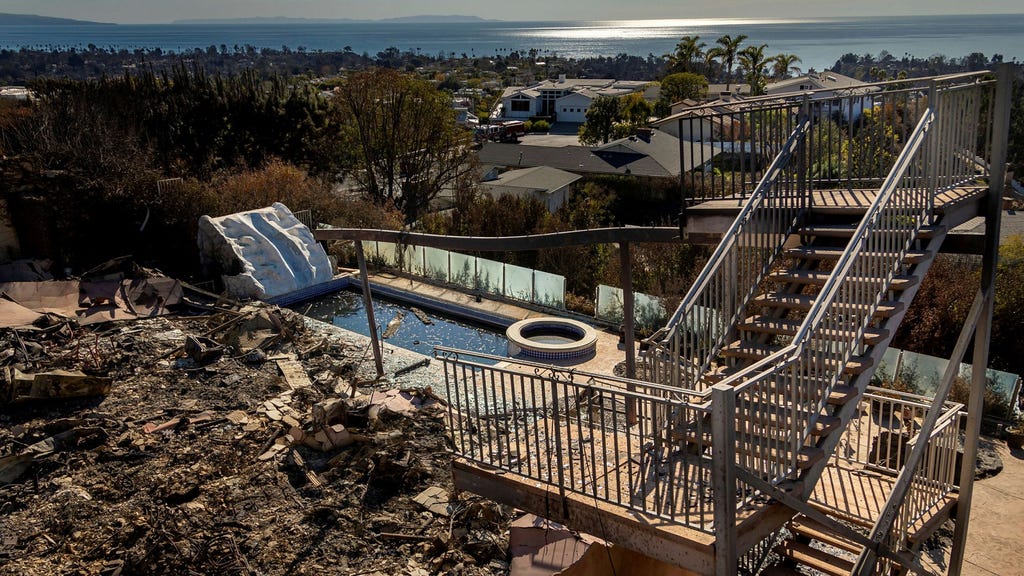Paragraph 1: The Devastating Wildfires in Northern Los Angeles
Northern Los Angeles has been ravaged by wildfires for over two weeks, leaving a trail of destruction in their wake. Residential areas have been reduced to ashes, and the flames have relentlessly consumed vast stretches of land. The intensity of the fires has created a scene of devastation, displacing thousands and leaving a community grappling with the aftermath of this natural disaster. The scale of the damage is immense, with the fires leaving an indelible mark on the landscape and the lives of those affected.
Paragraph 2: Progress in Containing the Fires and Ongoing Evacuation Orders
Despite the widespread destruction, there has been some positive progress in the firefighting efforts. The strong winds that initially fueled the flames have subsided, allowing firefighters to gain more control over the two major remaining blazes – the Eaton fire and the Palisades fire. Containment levels have steadily increased, offering a glimmer of hope amidst the devastation. However, despite this progress, evacuation orders and warnings remain in effect for over 170,000 people, underscoring the ongoing threat and the scale of the displacement caused by the fires.
Paragraph 3: Recovery Efforts and the Long Road Ahead
As the fires begin to subside, the focus shifts to the arduous task of recovery. Emergency services are diligently searching through the debris of destroyed homes, securing damaged power and gas lines, and removing hazardous waste from affected properties. The magnitude of this undertaking is immense, requiring a coordinated effort from various agencies to restore some semblance of normalcy to the ravaged areas. The road to recovery will be long and challenging, requiring significant resources and unwavering community support.
Paragraph 4: Assessing the Damage and the Gradual Return of Evacuees
While a full assessment of the damage is still ongoing, the preliminary estimates paint a grim picture. Thousands of structures, both large and small, have been destroyed, leaving countless individuals and families without homes. While some evacuees may be allowed to return within a week, the timeline for a complete return remains uncertain, as authorities prioritize safety and the restoration of essential services. The emotional toll on those displaced is immeasurable, as they grapple with the loss of their homes and belongings.
Paragraph 5: The Human Cost of the Fires and the Challenges of Rebuilding
Beyond the physical destruction, the human cost of the fires is profound. The confirmed death toll stands at 27, a stark reminder of the devastating power of these natural disasters. The fires have also disrupted lives, forcing evacuations and creating uncertainty about the future. Rebuilding the devastated communities will require a collective effort, encompassing not only physical reconstruction but also emotional support for those affected. The resilience of the community will be tested as they navigate the long and difficult path to recovery.
Paragraph 6: Environmental Concerns and the Lingering Effects of the Fires
The aftermath of the fires presents ongoing environmental concerns. The weakened stability of slopes in the burned areas increases the risk of landslides, particularly with the added saturation from firefighting efforts. Furthermore, the lingering ash and debris pose potential health hazards, requiring careful cleanup and remediation. The fires have left a lasting impact on the environment, requiring ongoing monitoring and mitigation efforts to prevent further damage and ensure the long-term health and safety of the community. The scars left by these fires will serve as a reminder of the destructive power of nature and the importance of preparedness and community resilience in the face of such disasters.














